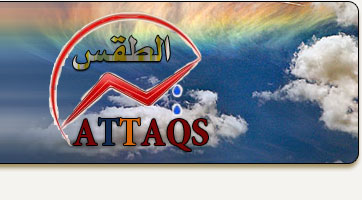To start, double-click on the MIDI to AAC Converter shortcut on the Desktop. Low Tech, I am sorry to must disagree with you, however you've got undoubtedly not used the iTunes convert performance to convert MIDI files to different formats. You're merely confused on this level, as iTunes has by no means, ever, supported MIDI recordsdata.
Electronic gear and laptop software have long been available to document music in the form of a MIDI file so it could later be mechanically converted into notation, performed again utilizing the sounds in your sound card or MIDI-enabled musical devices, edited in a sequencer, or used on Internet pages as an area-saving different to audio files. The catch is that the music has to be entered by hand or "performed in" on a MIDI-enabled instrument, so it's important to know find out how to play the song with the intention to create the MIDI file.
Descargar merge wma online free click over here now: free wma merger into parliament wma merger free true You'll be able to then adjust the bitrate to the desired worth and likewise alter the standard too. The higher the setting, the better high quality sound, however the bigger the file.
Compose MIDI music simply by singing or playing any instrument. Select the File > Convert > Create AAC Version menu command. Launch your audio recordsdata ! Zamzar now has the ability to convert MIDI (Musical Instrument Digital Interface) files into a variety of of other audio codecs, together with MP3, AAC, WAV, FLAC and extra.
If you want to make an MP3 file as an alternative of an AAC file, insert these steps between steps three andfour above. Bear in mind that AAC is increased quality than MP3, for equal information rates, and is widely supported in software now. Superior Audio Coding (AAC) is a standardized, lossy compression and encoding scheme for digital audio. Designed to be the successor of the MP3 format, AAC usually achieves higher sound quality than MP3 at many bit rates.
The software program is converting MIDI recordsdata to AAC format. Zamzar now provides the flexibility to convert these information into audio formats which can assure that the sound you hear will probably be replicated on a buddy or colleagues pc. I can solely guess that changing a GM file to compressed audio depends upon "playing" the sequence and changing the audio data created by the synth module to the chosen format.
Low Tech, I am sorry to must disagree with you, however you could have definitely not used the iTunes convert performance to convert MIDI recordsdata to different codecs. You're merely confused on this level, as iTunes has by no means, ever, supported MIDI recordsdata.
MIDI information are well-liked with musicians and recording engineers since they supply a standardized template for saving musical preparations (or sequences) into a standard file format which may be played back across a wide range of completely different computing environments. The MIDI specification holds that the file itself would not contain any actual music, reasonably it includes a set of instructions which describe how the audio has been organized, including the notation, pitch, and velocity in addition to management indicators for quantity, vibrato and audio panning. Since MIDI files do not contain the audio itself, the standard of its playback relies upon entirely on the standard of the gadget being used to playback the file (and the audio samples from that gadget). Which means that audio quality can vary enormously depending on the system setup being used.
Sadly, this dream has proved to be elusive. If you wanted multi-instrument WAVE and different recordsdata to be converted to MIDI, you merely had no different however to succumb to the customarily midi2aac tedious and time-consuming activity of picking out all of the notes your self, time that could be higher spent on extra inventive endeavors.
MIDI (Musical Instrument Digital Interface) is an industry-customary protocol outlined in 1982 that permits electronic musical devices corresponding to keyboard controllers, computers, and other digital gear to speak, control, and synchronize with each other. MIDI allows computer systems, synthesizers, MIDI controllers, sound cards, samplers and drum machines to control each other, and to change system data midi to aac converter online (appearing as a raw information encapsulation technique for sysex instructions). MIDI doesn't transmit an audio sign or media. It transmits "event messages" such because the pitch and intensity of musical notes to play, management signals for parameters resembling volume, vibrato and panning, cues, and clock indicators to set the tempo. As an electronic protocol, it's notable for its widespread adoption throughout the industry.







